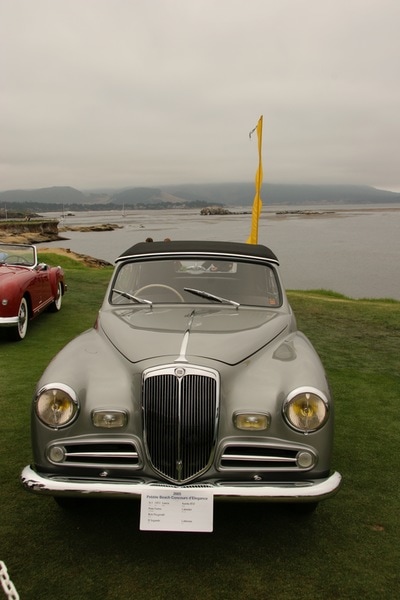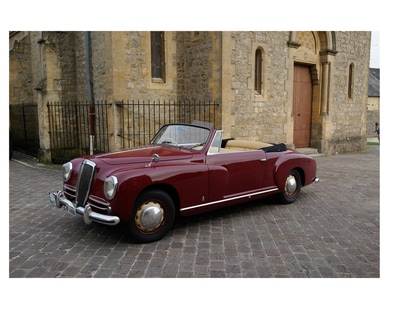Lancia Aurelia
Specials, One offs, and the B50’s
Early Lancias (from the beginning of the company’s history in 1906) were always available to customization upon request. This was simply how the high-end market worked at the time: if you wanted something unique (bonnet scoop, leather interior, special trim), they would make it for you. The Aurelia continued this practice: the factory made the sedans, and provided a chassis to custom coach builders. This chassis, the B50, was shown on the earliest Aurelia publicity sheets and was available for one-off production. And it was heartily used. There were a vast number of one-off Aurelias made by the various carrozerias at the time, probably about 500 or so. Like all one-off’s on Lancia chassis, from the 1920’s on, they provided elegance and beauty, but with modest performance. The one-off bodies simply could not compete with the low weight of the production berlinas.
And in this lineup was a broad range - there were special sedans, coupes, estates, and unique show cars – such as the PF 200. Each unique, many shown at the Auto Shows of the time. There were also some “series” B-50’s, as Pininfarina made a 4 seater cabriolets that were quite popular and many survive today. The last “B50” platforms as development chassis for the Farina prototypes of the Flaminia, the Florida 1 and 2.
With about 850 Aurelias as specials (about 5% of the total production), the number is worth comparing to other companies. Neither Ferrari or Maserati made this many in the 1950’s – their total production was much less overall, so Lancia’s position as a producer of cars in series and in specials was secure. By the end of the Aurelia run, B20’s and B24’s were essentially made by Pininfarina as standardized coachbuilt variants, an approach used by Lancia more fully throughout the 1960’s in their next models, the Flaminias, Flavias, and Fulvias.
site design and content copyright G. Goldberg, images as noted Proudly powered by Weebly









